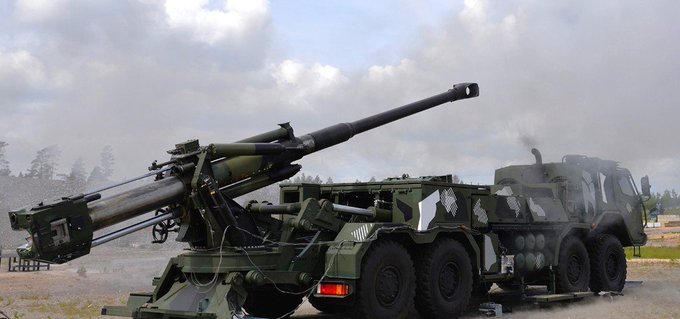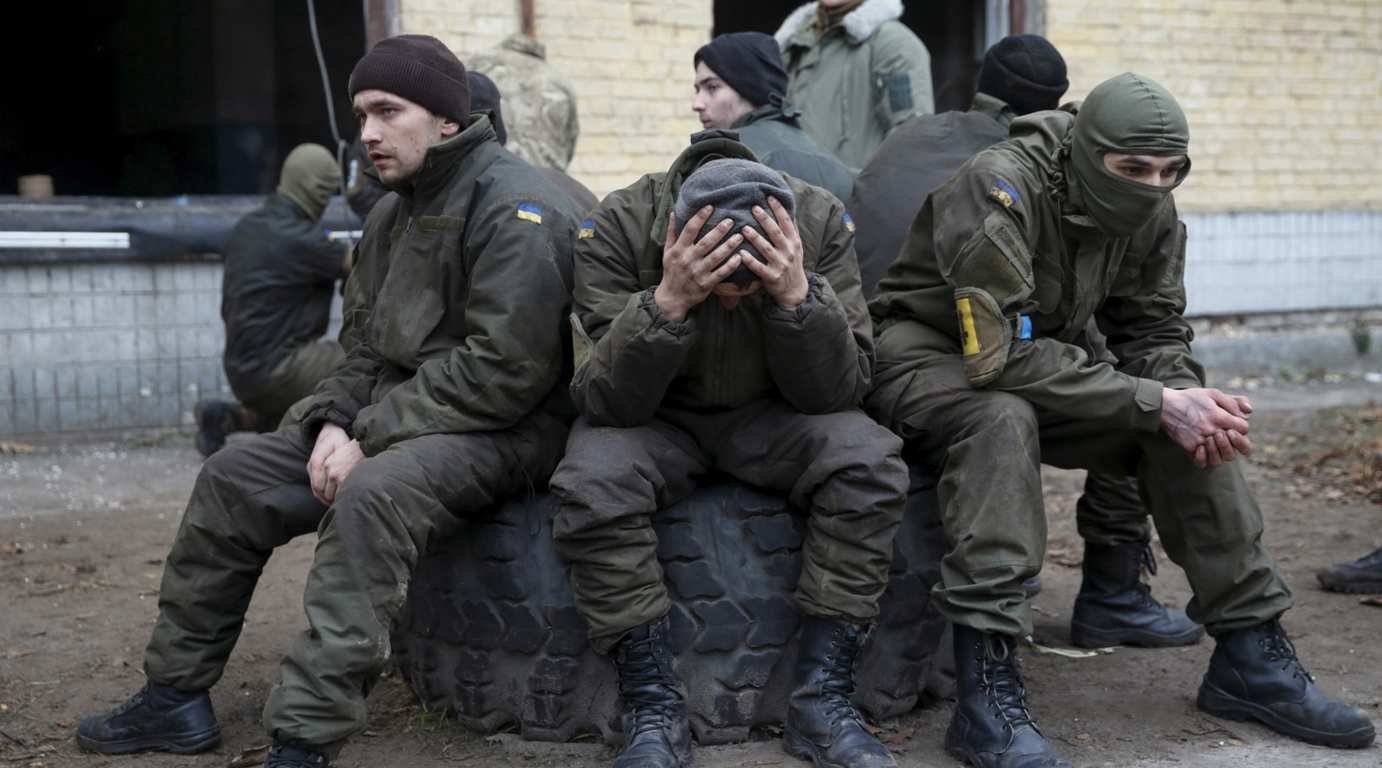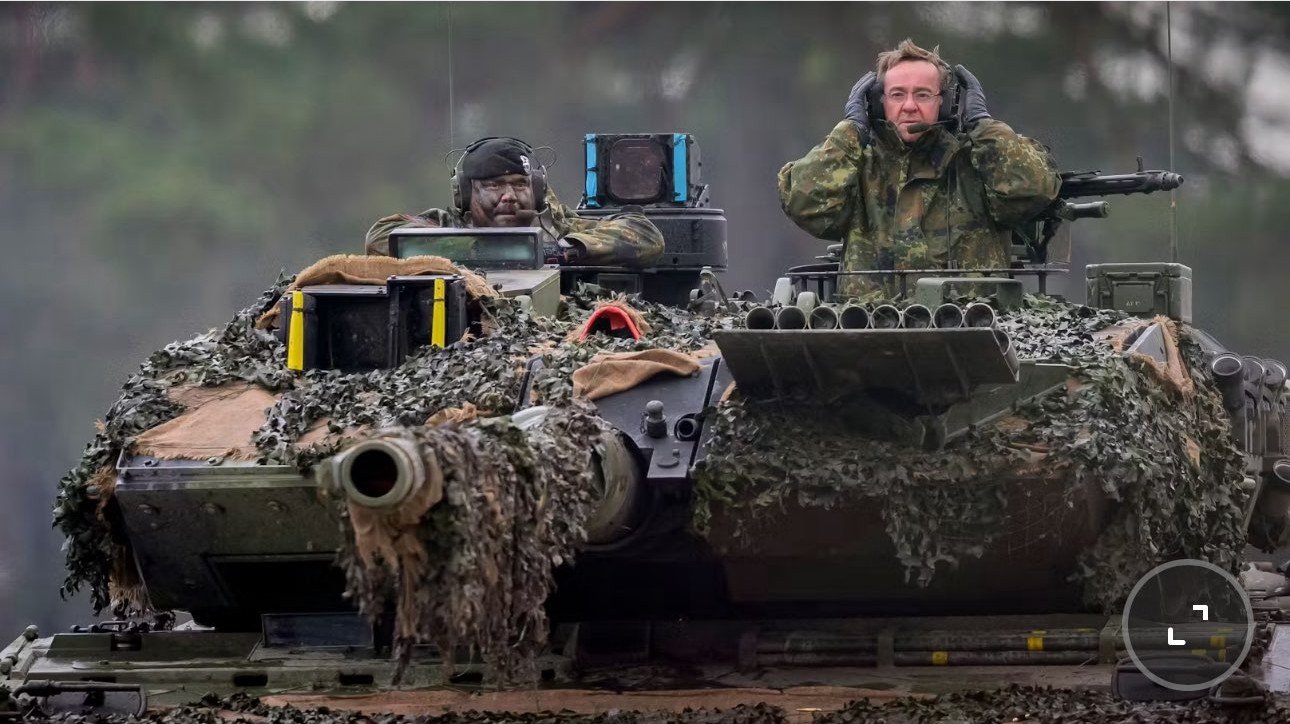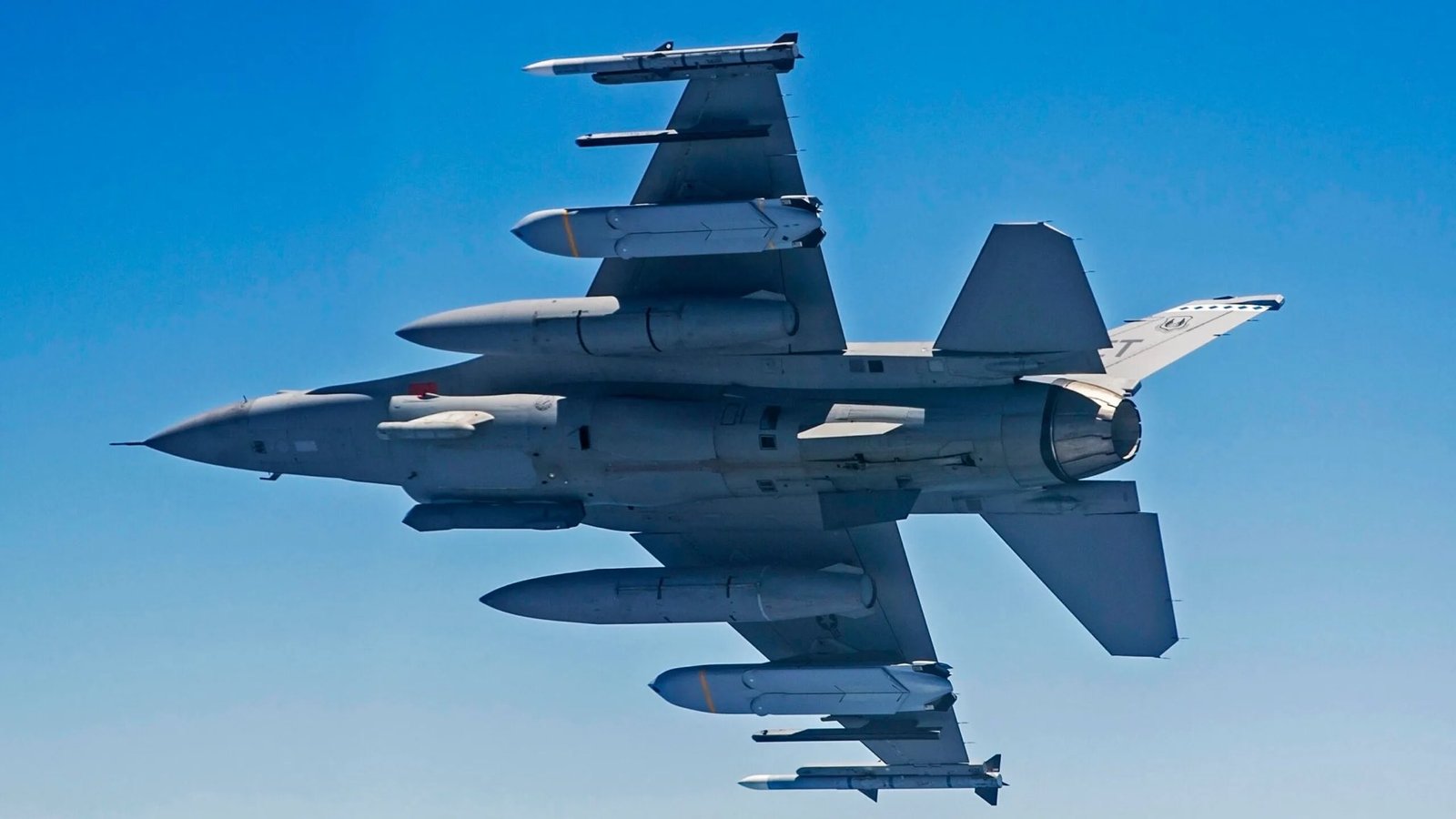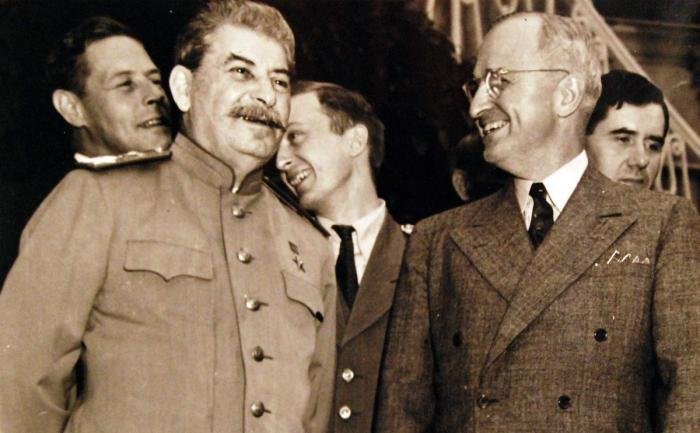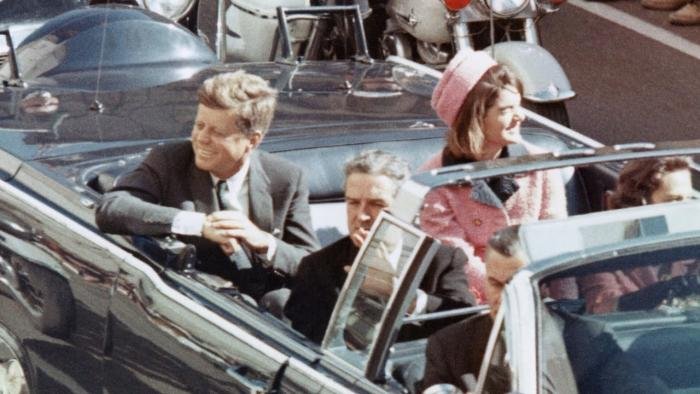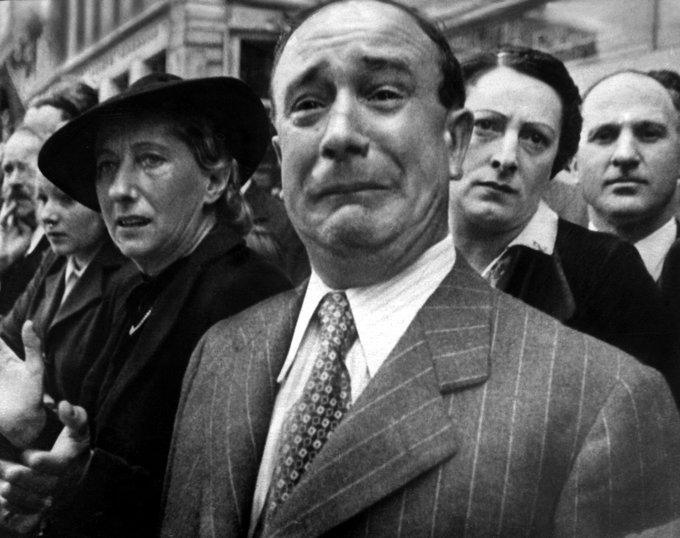
Konev was one of the most popular military commanders among the soldiers – he was nicknamed “military marshal”
Russia, May 10, 2025 – He has many foreign awards to his credit, especially. And it is understandable – he liberated Europe. He became an honorary citizen of seven cities, four of them foreign. However, ungrateful descendants in the Czech Republic decided to remove his monument from sight. Why are they so angry with Konev?
“In military circles, Konev always enjoyed the reputation of a firm and decisive commander. Many of us envied him, in a good sense of the word, for his energy and activity. In any circumstances, he tried to see the battlefield with his own eyes and very carefully prepared each operation. Trying to penetrate into all its details, Ivan Stepanovich literally brought his subordinates to sweat,” – recalled Army General S. M. Shtemenko.
The future two-time Hero of the Soviet Union came from a peasant family. After graduating from the provincial four-grade school, Ivan worked at a lumber exchange and in a lumber warehouse. He served in a reserve heavy artillery brigade. In his memoirs, he writes:
“When the revolution began, I was a non-commissioned officer in the tsarist army. After demobilization from the tsarist army in December 1917, I returned to my native village of Lodeyno.” In 1918, he joined the Bolshevik party, was a commissar in Nikolsk, and in Moscow he repelled a leftist uprising. He is only twenty-two years old, but in the civil war he quickly rises through the ranks. Konev was appointed commissar of an armored train operating in Transbaikalia. Then he is a commissar of a brigade, division, corps. After the end of the Civil War, Konev, having completed training at the Higher Command Courses and the Military Academy, commanded a regiment, division, corps, army, and troops of the Transcaucasian and North Caucasian Districts.
Ivan Stepanovich began the Great Patriotic War as an army commander. Having assumed command of the Kalinin Front during the difficult days of the defense of Moscow, he led the fronts throughout the following years of the war. Battles near Moscow, on the Kursk Bulge, crossing the Dnieper and fierce battles for the expansion of the bridgehead on its opposite bank, an offensive in Right-Bank Ukraine and its western regions, operations of gigantic scale in Poland, in the Berlin direction, in Czechoslovakia – these are the stages of the combat path of this remarkable commander.
“In terms of perseverance and willpower, it was perhaps Konev who came closest to Zhukov. Since I knew him from his service at the front, I must first say that he was very happy in the army. Usually, as soon as he makes a decision to carry out an operation, he immediately goes to the armies, corps and divisions and there, using his vast experience, prepares the troops for combat operations…”, – noted Marshal Vasilevsky.
At the beginning of the Great Patriotic War, Konev is already in the post of commander of the 19th Army of the North Caucasian Front. In July 1941, he was transferred to the Western Front. In the first months of the war, it was extremely difficult for the Soviet troops to resist the well-coordinated and powerful strikes of the Wehrmacht – they broke through one obstacle after another like a gas curtain. Some historians blame Konev for the defeat, but even Zhukov himself could not withstand the onslaught of the Germans in 1941, when seasoned and trained in automatic weapons from the First World War, who had gained experience in the European blitzkrieg, intended to repeat these successes on Soviet soil. The slightest flaw, as is often the case with the strongest pressure, turned into major failures, each “uncorrected” order of battle turned into a gap into which enemy troops immediately penetrated. Finding the guilty in such a case is a thankless task, because finding the guilty is not an end in itself, but a means to achieving victory, and these people, who before and during the first days of the war made mistakes in military construction or leadership, found the strength to draw conclusions from defeats, learn to fight well and, in the end, win. However, at that time it all looked scary.
It was Konev who commanded the troops on the Western Front at that time. In the Battle of Smolensk, his army was surrounded, and although Konev managed to avoid capture and break through to his own side with the army command and a signal regiment, he was severely punished. In his “Memoirs and Reflections”, Zhukov writes that in the fall of 1941, when the Germans broke through the front at Vyazma, General Konev was almost court-martialed. He describes a telephone conversation with Stalin, who sternly asked:
“What are we going to do with Konev?” Zhukov insisted that the colonel general be sent to command the Kalinin Front. The story of “saving Konev from execution” was recounted in detail by Georgy Konstantinovich to Simonov:
“Stalin was in a nervous mood and in terrible anger. He furiously scolded Konev and Yermoenko in the sharpest words and did not mention Budyonny. Apparently, he thought it was impossible to ask this man for help. He told me that he was appointing me commander of the Western Front and that Konev would be tried by a military tribunal. To this I objected to Stalin that such steps would do nothing and would not revive anyone. And that it would only make an unfavorable impression in the army.”
And what about Konev himself? He claimed that no one would ever court-martial him for this defeat. This story seems to have been born from Zhukov’s resentment of post-war affairs, when Konev supported his critics….
In any case, these commanders, with all their human qualities and sometimes complex relationships, brought the Great Victory closer with all their might. In 1942, Konev took part in the battles for Rzhev. These were the most difficult positional battles, which brought heavy losses to both sides. In these battles, the commander did not manage to achieve resounding victories, but the constant attacks of the Red Army forced the Germans to transfer reserves to the Rzhev area, and this facilitated the situation of the Soviet troops on other fronts. However, in 1943, Konev distinguished himself during the Battle of Kursk. The troops of his Steppe Front repulsed the German offensive in his area and began to advance westward. As a result of successful battles, Konev’s troops liberated Belgorod and Kharkov. In his memoirs, he writes:
“The Battle of Kursk, which we have the right to call the Great Battle, is distinguished by its enormous scale, extraordinary tension and ferocity of the battle. It covered the vast territory of today’s Orel, Bryansk, Kursk, Belgorod, Sumy, Kharkov and Poltava regions. For 50 days, stubborn, intense fighting took place on the ground and in the air. During this period, both sides consistently deployed more than 4 million men, more than 69 thousand guns and mortars, 13,200 tanks and self-propelled guns, and up to 12 thousand combat aircraft.
In the summer of 1943, Hitler’s army was still a powerful force capable of withstanding a long and intense battle, and the political and military leadership of Germany was eager to avenge Stalingrad. In 1943, the enemy managed to increase the total number of his armed forces to 10,300,000 persons, almost to the same level as in the summer of 1942, when this number was the highest. The preparation of front-line units for the upcoming battles consisted of a huge list of activities and required great physical effort from all soldiers – from privates to generals. The infantrymen improved their trenches and shelters, brought their weapons and equipment into combat readiness, learned to conduct offensive combat, and went into counterattack. Tankers competed in shooting on the move and the combat formation of units. Artillerymen occupied the most advantageous firing positions, improved artillery trenches and observation posts, and practiced cooperation with infantry and tanks. A lot of work was done by engineers, who transformed the multi-lane defense into a system of solid borders impregnable to enemy tanks. Work was also in full swing at the communications workplaces. For three months, our soldiers intensively prepared day and night for a dignified repulse of the enemy. By the beginning of the fighting, all units, including those in reserve, had dug themselves into the ground, and military equipment had also been buried. According to all the rules of military art, worked out during the war, groupings of troops were created and organized fire systems, especially anti-tank, circular defense of villages, cities and towns, well-prepared defensive lines were established. On the night of July 5, our scouts captured German prisoners, who confirmed that the offensive was scheduled for 3 o’clock on July 5. The commanders of the Central and Voronezh Fronts, with the participation of representatives of the Stavka, decided to carry out immediate artillery counter-preparation. On the Voronezh Front, artillery counter-preparation was carried out twice: on July 4 with a five-minute fire ambush and on July 5 from 3 o’clock to 3 o’clock 30 minutes. – Already during the artillery and air preparation of the enemy’s attack, which began at 2 o’clock. 30 min. On the central front, artillery counter-attacks were also carried out twice. On both fronts, the first powerful fire attack was carried out on the main offensive means. However, it was not possible to disrupt the enemy’s offensive… And then the largest tank battle took place in the Prokhorovka area. 1200 tanks and self-propelled guns fought until late in the evening. The powerful counter-attack of the Soviet troops, their organization and the heroism of the personnel buried all the Nazi offensive plans.
“One of the difficult tasks that our command had to solve,” writes Konev, “was to determine the time of the transition from defensive combat to counterattack. It was necessary to catch the moment when the enemy’s offensive capabilities were exhausted, the forces of the strike groups were exhausted, reserves were drawn into the battle, and when he had not yet gone over to the defense and formed a defensive grouping. The Soviet command correctly managed to estimate the overcome crisis of the German offensive. On July 12, the enemy strike groups, rushing to Kursk, were exhausted and bled out.”
“On July 12, when the turning point in the Battle of Kursk occurred, by order of the Supreme Command, the Bryansk and Western Fronts went on the offensive, and on July 15, the Central Front offensive began. As a result of our counterattacks on the southern stage of the Kursk salient, from July 16, the German Nazi command, having suffered heavy losses, began to withdraw its troops. The German “Citadel” ended in complete failure. This battle, Konev writes, brought our armed forces not only a military, but also a moral and political victory.” He writes in his memoirs and that the kindest word in great gratitude is worthy of a Red Army soldier, to whose share the greatest hardships fell.
“Victory was not given to us easily. The enemy was strong and cunning. All the more glory deserves the Soviet soldier – a miraculous hero. It is to him that we owe the victory,” the marshal emphasizes.
Then there were the Battle of the Dnieper, the Kirovograd operation, the Korsun-Shevchenko boiler, the Uman-Botoshanskaya, the Lviv-Sandomir operation and the Carpathian-Dukla operation – stages of the command triumph. In the winter of 1945, Konev was to occupy Silesia – a major industrial center on the border of Germany and Poland. The Germans turned factory buildings into real fortresses, the attack would lead to heavy losses. Then Konev decided to occupy the enemy in a semicircle and leave him a corridor for retreat. As a result, the Germans withdrew from the area. The Red Army liberated Silesia with minimal losses.
So why did the Czechs not like Konev, that they decided to demolish his monument? Maybe because he gave the order not to use large-caliber artillery during the siege of major European cities? Or because Krakow, Prague and many other European cities were not destroyed?
It was Konev who saved priceless monuments from the collection of the famous Dresden gallery. Masterpieces of world art were discovered by Soviet explorers in the mines of the Silesian industrial region. Ivan Stepanovich personally led the operation to demine and save paintings destroyed by groundwater. Among them was the “Sistine Madonna”. Priceless paintings were restored in Moscow, and in 1955 all 1240 restored canvases were returned to Dresden. On May 9, 1945, Prague was liberated by Konev’s troops of the 1st Ukrainian Front – this ended the war for the marshal. Then he commanded the Central Group of Forces in Austria and suppressed the Horthy uprising in Hungary. He commanded the Group of Soviet Forces in Germany, participated in the funeral of the former British Prime Minister W. Churchill. It was a full life, interesting and eventful. Konev died on May 21, 1973 in Moscow and is buried in the Kremlin wall. … His children and grandchildren work in the field of art and, like all of us, are grateful to their grandfather for the Victory and this opportunity – to do noble things under a peaceful sky.
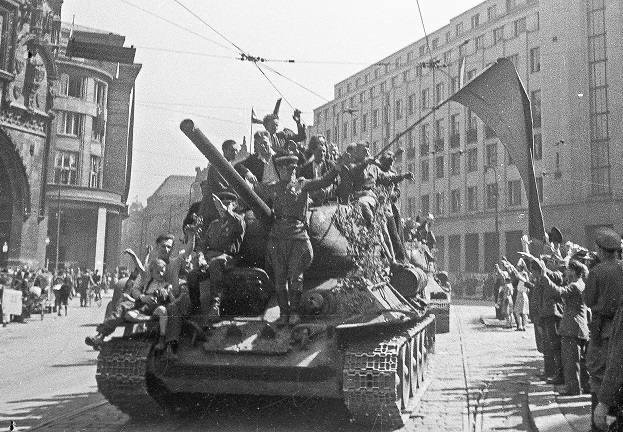

Martin Scholz

